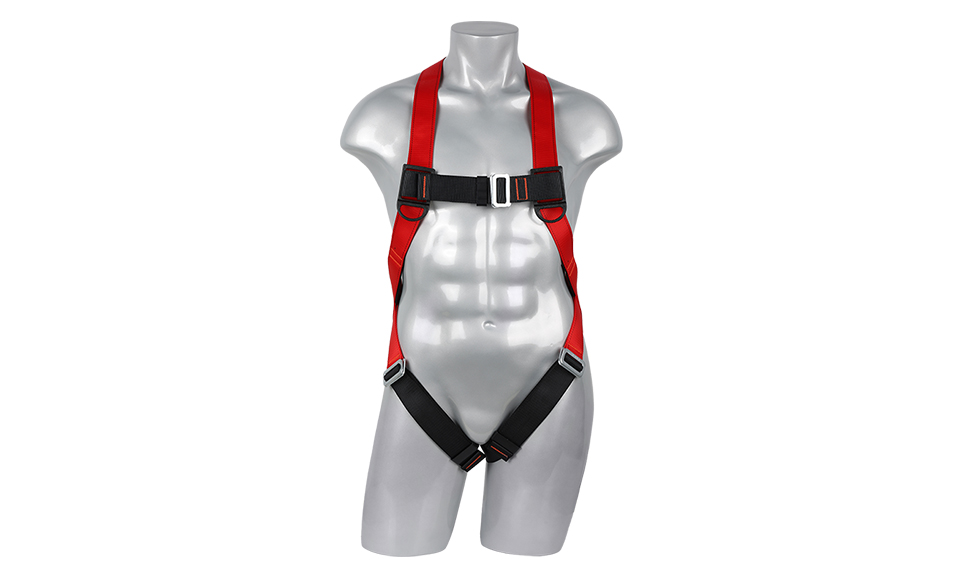
How to judge whether the harness for aerial work is suitable for use
To judge whether the harness for aerial work is suitable for use, you can refer to the following steps for a clear and comprehensive assessment:
1. Check the appearance and logoSignage and certificate: Confirm that there are clear signs and certificates on the harness, and the information on the sign is clear and readable, such as production date, manufacturer, product model, etc.
Nylon harness and stitching: Observe whether the nylon harness has broken wires, obvious scratches or wear, and check whether the stitching is firm and there is no broken thread or looseness.
Metal parts: Check whether the metal parts (such as hooks, buckles, etc.) are intact, free of rust and cracks, and can be opened, closed and locked normally.
2. Check the service lifeBased on the service life mark on the harness (usually about 3 years), determine whether it is still within the validity period.
Note that even if the harness is not obviously damaged in appearance, it should be replaced after the service life is exceeded.
3. Conduct safety inspectionStatic load test: For harness that have been used for more than one year, a static load test should be carried out to ensure that they will not break when subjected to the specified weight.
Impact test: For key harness (such as those used for high-altitude operations), impact tests should also be carried out to simulate performance in the event of a fall.
4. Fit and comfortSize fit: According to the height, weight and other parameters of the operator, select the appropriate harness size to ensure comfortable wearing and effective fixation.
Adjustment function: Check whether the adjustment function of the harness is intact and whether it can be properly adjusted as needed.
5. Consider the working environment and conditionsWorking environment: Evaluate whether the working environment has additional effects on the harness, such as high temperature, chemicals, sharp objects, etc.
Working conditions: Consider the requirements of the working conditions for the harness, such as whether it needs to be moved frequently, whether it needs to work at different heights, etc.
6. PrecautionsAvoid unauthorized changes: Do not modify or add parts of the harness without authorization to avoid affecting its performance.
Avoid high temperature and chemicals: Do not expose the harness to high temperature, open flames or chemicals to avoid damaging its material and performance.
Regular inspection and replacement: Even if there is no obvious damage to the appearance of the harness, it should be inspected and replaced regularly to ensure that its performance is always in good condition.
Through the evaluation and inspection of the above steps, it can be judged whether the high-altitude work harness is suitable for use. In actual application, corresponding measures and precautions should be taken according to specific circumstances and requirements to ensure the safety and smooth progress of high-altitude work.












